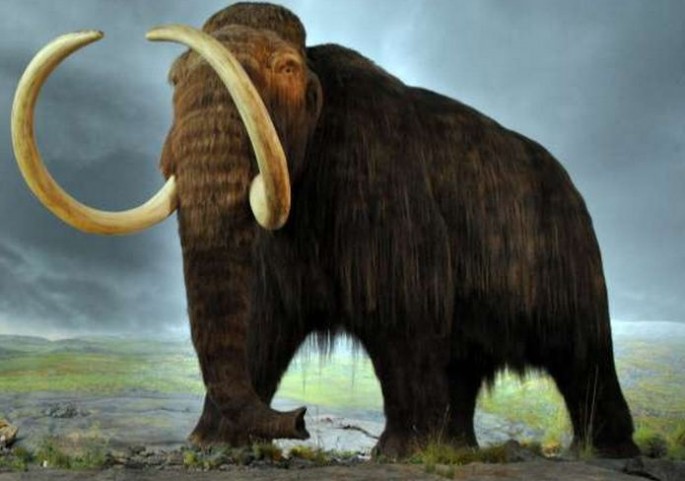The recent sequencing of the entire genome of the extinct woolly mammoth has set off a race among scientific "revivalists" to be the first to "de-extinct" or resurrect this beast that died out 4,000 years ago.
At stake are not only bragging rights but a good shot at the Nobel Prize in Physiology or Medicine.
Recently, researchers from McMaster University, Harvard Medical School and the Swedish Museum of Natural History sequenced the woolly mammoth's entire genome.
This monumental accomplishment makes available to scientists what is basically a gene-by-gene guide on how to de-extinct the woolly mammoth by cloning.
"This basically gives you the changes that account for a mammoth being a mammoth -- the changes that allowed them to have hair, tremendous amounts of fat, large tusks," said co-author Hendrik Poinar, a professor of evolutionary genetics at McMaster University in Ontario, Canada to The Washington Post about the genetic sequencing of the woolly mammoth.
"This then gives us this road map, so to speak, of what we would need to change in an Asian elephant chromosome to make them mammoth-like."
With the complete genome, Poinar believes scientists are one step closer to a long-cherished goal of cloning the woolly mammoth. To accomplish this, researchers will have to create a mammoth embryo in a lab and use an elephant as a surrogate mother.
On the other hand, scientists from Harvard University announced their success last March in splicing DNA from the extinct woolly mammoth into living cells of an Asian elephant, making it possible to "de-extinct" the woolly mammoth.
The Harvard team successfully managed to insert genetic samples from the woolly mammoth into the code of an Asian elephant, the closest living relative of the extinct beast. The last known herds of woolly mammoths, which co-existed with early humans, went extinct on Wrangel Island located in the Arctic Ocean.
The Harvard team said recreating the mammoth's genetic sequencing wasn't a very difficult job since DNA samples of woolly mammoths were found protected in layers of permafrost in the Arctic.
To merge the DNA from the woolly mammoth and the Asian elephant, researchers first identified the genes that made the mammoth cold-resistant. Unlike elephants today, woolly mammoths had hair, bigger ears and more fat under their skin to protect them from the harsh cold in the climes where they lived.
Researchers then replicated these differences and successfully inserted these into the DNA sequencing of an Asian elephant, which at the end of the experiment seemed to provide a fully functional cell, said the Independent.
The ultimate goal of the Harvard research team led by genetics professor Dr. George Church is to fully reconstruct a mammoth embryo and inseminate it within an Asian elephant. The first attempt is expected to occur around 2018.
The Asian elephant/woolly mammoth hybrid won't be a perfect copy of the original beasts but will still be capable of repopulating the Siberian tundra where they originally lived.
By altering Asian elephant DNA to resemble that of wooly mammoths, Dr. Church and his fellow "revivalists" (or those that support de-extinction) believe they can make the animals more mammoth-like.
The Long Now Foundation is working with Harvard researchers to study allele replacement in elephants that might make them more mammoth-like.
Based in San Francisco, California, the foundation seeks to become the seed of a very long-term cultural institution. It hopes to "creatively foster responsibility" in the framework of the next 10,000 years.



























